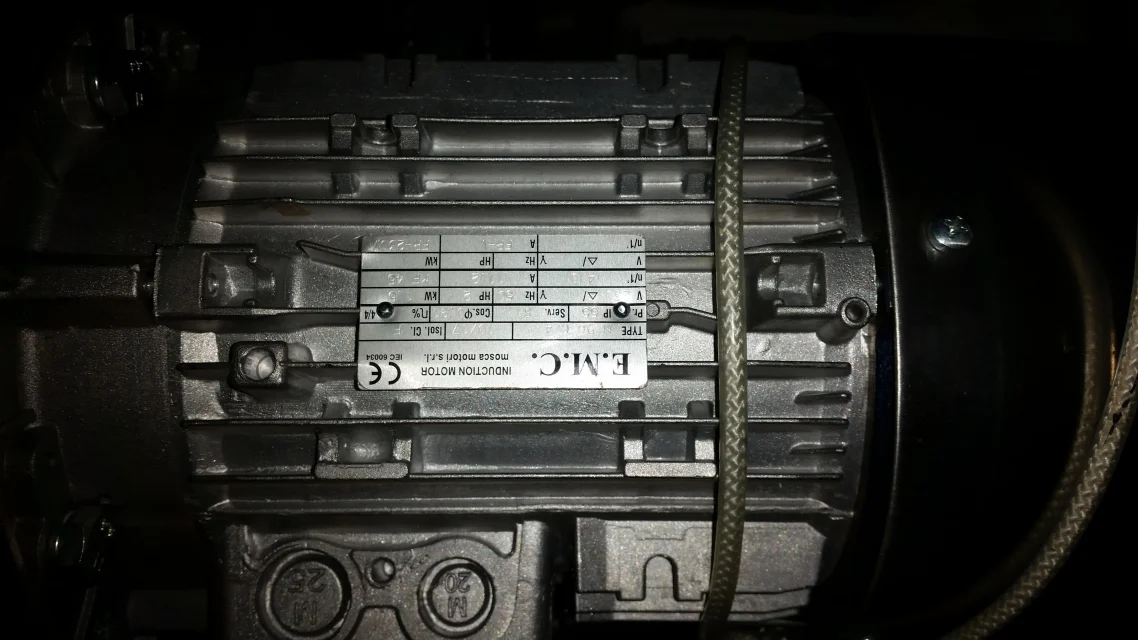babu50
Guest
Good morning to all, I found myself on this forum and would like to ask a question.
currently to move a load between my house plans I use a modest hoist with 800kg rope of 10 mt in fabric (type car seat belts). It works fine but makes noise and then decide to request a winch. I propose a gearmotor formed by gearbox size 90 with ratio 1/50 , slow shaft output on which I made the drum of 32mm diameter and motor autofrenating 4 poles 220v monophase 1.5kw. All on a frame, I wrap the 10 mt band on the drum and at this point the diameter from the shaft passes from 32 mm to 150 mm. I do the empty evidence and am fully satisfied with the purchase is very silent. I take everything in the attic and replace the hoist with the new harpen, unroll the band up to the ground floor and hang a load of about 250 kg. begins to rise but known that the brightness of the lamp in the attic decreases considerably and the engines after about 2,5 mt of lifting stops and can no longer restart. I require an increase in power to enel from 3 to 4.5 kw, I get it in very short time. I try to restart the engine but the result does not change. Now the only thing I can do is to put an additional capacitor to increase the boot couple that I will then disengage through timer, but I am titubante because in my opinion it wronged the calculation the supplier of the motor. the thing leaves me stupefied as the engine of the hoist I have used until now is 1hp, advice? a huge greeting to all
currently to move a load between my house plans I use a modest hoist with 800kg rope of 10 mt in fabric (type car seat belts). It works fine but makes noise and then decide to request a winch. I propose a gearmotor formed by gearbox size 90 with ratio 1/50 , slow shaft output on which I made the drum of 32mm diameter and motor autofrenating 4 poles 220v monophase 1.5kw. All on a frame, I wrap the 10 mt band on the drum and at this point the diameter from the shaft passes from 32 mm to 150 mm. I do the empty evidence and am fully satisfied with the purchase is very silent. I take everything in the attic and replace the hoist with the new harpen, unroll the band up to the ground floor and hang a load of about 250 kg. begins to rise but known that the brightness of the lamp in the attic decreases considerably and the engines after about 2,5 mt of lifting stops and can no longer restart. I require an increase in power to enel from 3 to 4.5 kw, I get it in very short time. I try to restart the engine but the result does not change. Now the only thing I can do is to put an additional capacitor to increase the boot couple that I will then disengage through timer, but I am titubante because in my opinion it wronged the calculation the supplier of the motor. the thing leaves me stupefied as the engine of the hoist I have used until now is 1hp, advice? a huge greeting to all

